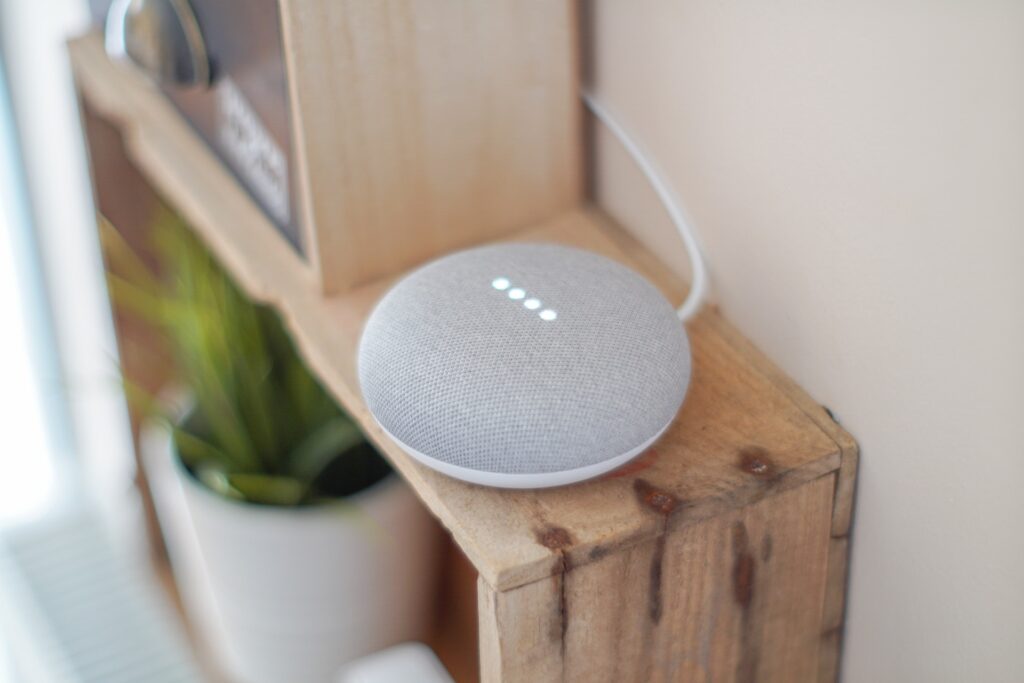The Internet of Things (IoT) has transformed the way we interact with our surroundings, enabling seamless connectivity between devices, appliances, and even entire cities. With the proliferation of IoT devices, high-speed internet has become a crucial component in unlocking the full potential of this technology. In this article, we will explore how the combination of IoT and high-speed internet is driving the evolution from smart homes to smart cities, revolutionizing various aspects of urban life.

Smart Homes: The Foundation of the IoT
Smart homes serve as the foundation of the IoT ecosystem. These connected homes utilize IoT devices to automate and enhance various functions, such as lighting, security, energy management, and entertainment. High-speed internet connectivity ensures that these devices can communicate with each other and with users in real-time, allowing for seamless control and monitoring from anywhere. For example, homeowners can remotely adjust the thermostat, lock/unlock doors, or receive alerts about security breaches.
Connected Transportation: Transforming Urban Mobility
IoT-enabled transportation systems are reshaping urban mobility, making cities more efficient and sustainable. With high-speed internet connectivity, smart cars, buses, and bikes can communicate with each other and with infrastructure, enabling real-time traffic management, optimized routing, and efficient use of transportation resources. This leads to reduced congestion, improved air quality, and enhanced safety on the roads.
Smart Energy Management: Optimizing Resource Usage
High-speed internet connectivity allows for real-time monitoring and control of energy consumption in smart cities. IoT devices, such as smart meters and sensors, enable efficient management of electricity, water, and gas resources. Real-time data collection and analysis empower city administrators and utility companies to identify patterns, detect anomalies, and make informed decisions to optimize resource usage, reduce waste, and lower costs.
Intelligent Waste Management: Enhancing Sustainability
IoT technology combined with high-speed internet connectivity is transforming waste management practices in smart cities. Smart bins equipped with sensors can detect fill levels and transmit data to waste management systems, enabling efficient collection routes and reducing unnecessary trips. Real-time data analysis helps optimize waste disposal processes, leading to cost savings and improved environmental sustainability.
Public Safety and Security: Keeping Cities Safe
The integration of IoT devices and high-speed internet has revolutionized public safety and security in smart cities. Surveillance cameras, smart streetlights, and connected emergency response systems leverage real-time data and video analytics to detect and respond to security threats swiftly. High-speed internet connectivity ensures seamless communication between these devices and allows for faster emergency response times, ultimately making cities safer for residents and visitors.
Environmental Monitoring: Protecting Natural Resources
IoT devices equipped with various sensors can monitor environmental conditions, including air quality, water quality, and noise levels. Real-time data collected from these sensors provides insights into the environmental health of a city. High-speed internet connectivity enables the efficient transfer of large amounts of data for analysis, enabling timely actions to address environmental concerns and protect natural resources.
Citizen Engagement: Empowering the Community
Smart cities leverage high-speed internet connectivity to foster citizen engagement and participation. Online platforms and mobile applications allow residents to access information, provide feedback, and participate in decision-making processes. This inclusive approach to governance enables citizens to contribute to the development of their cities and fosters a sense of community ownership.
The combination of the Internet of Things and high-speed internet connectivity is revolutionizing urban life, transforming cities into interconnected ecosystems that are efficient, sustainable, and responsive to the needs of their residents.
From smart homes to smart transportation, energy management, waste disposal, public safety, environmental monitoring, and citizen engagement, the IoT powered by high-speed internet is reshaping our cities for a better future. As cities continue to embrace these technologies, it is essential for policymakers, urban planners, and technology providers to prioritize the deployment of high-speed internet infrastructure to support the growing demands of the IoT ecosystem.
Here are a few key considerations for the future:
- Infrastructure Investment: Governments and private entities must invest in robust and reliable high-speed internet infrastructure to ensure seamless connectivity across cities. This includes expanding broadband coverage, improving network speeds, and adopting advanced technologies like 5G and fiber optics to support the increasing number of IoT devices.
- Data Privacy and Security: As the IoT collects vast amounts of data, ensuring data privacy and security becomes paramount. Strict protocols and encryption techniques must be implemented to protect sensitive information from unauthorized access. Collaboration between technology providers, policymakers, and cybersecurity experts is crucial to establish effective frameworks for data protection.
- Interoperability and Standards: The interoperability of IoT devices and platforms is vital for seamless communication and integration. Developing open standards and protocols that allow different devices and systems to communicate and share data will foster innovation and enable the creation of cohesive IoT ecosystems within cities.
- Collaboration and Partnerships: Building smart cities requires collaboration between various stakeholders, including governments, technology providers, academia, and citizens. Public-private partnerships can drive innovation, share resources, and create sustainable models for IoT deployment, ensuring that the benefits of high-speed internet and IoT are accessible to all.
- Digital Inclusion: While high-speed internet and IoT offer tremendous potential, it is essential to address the digital divide and ensure that all communities have access to these technologies. Initiatives such as affordable internet programs, digital literacy training, and community engagement can bridge the gap and enable equal participation in the benefits of smart cities.
As we move forward, the power of the Internet of Things combined with high-speed internet connectivity will continue to shape the future of our cities. From enhancing efficiency and sustainability to improving the quality of life for residents, the smart city revolution holds immense promise. By embracing these technologies responsibly and focusing on inclusive deployment, we can create cities that are not only technologically advanced but also equitable and sustainable.